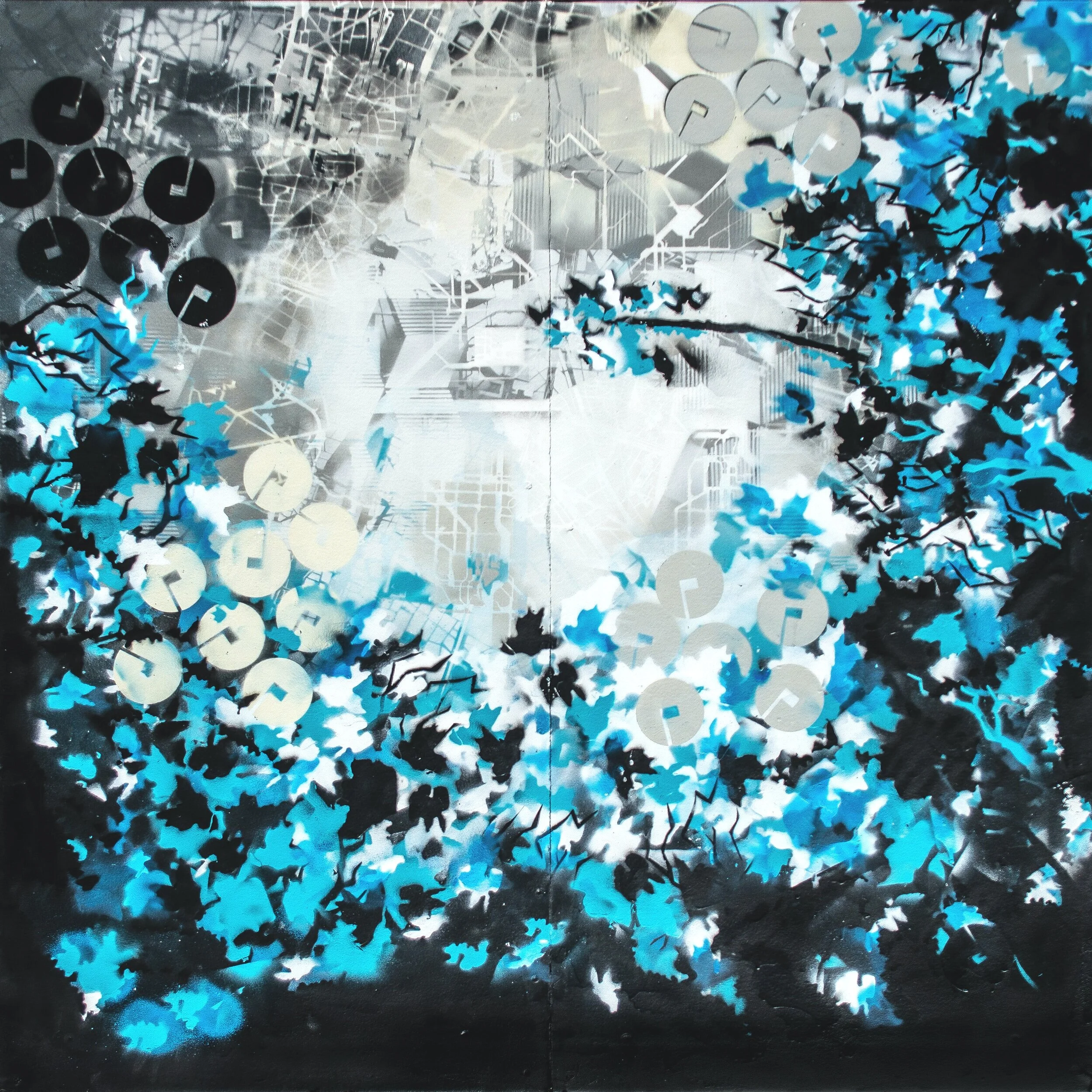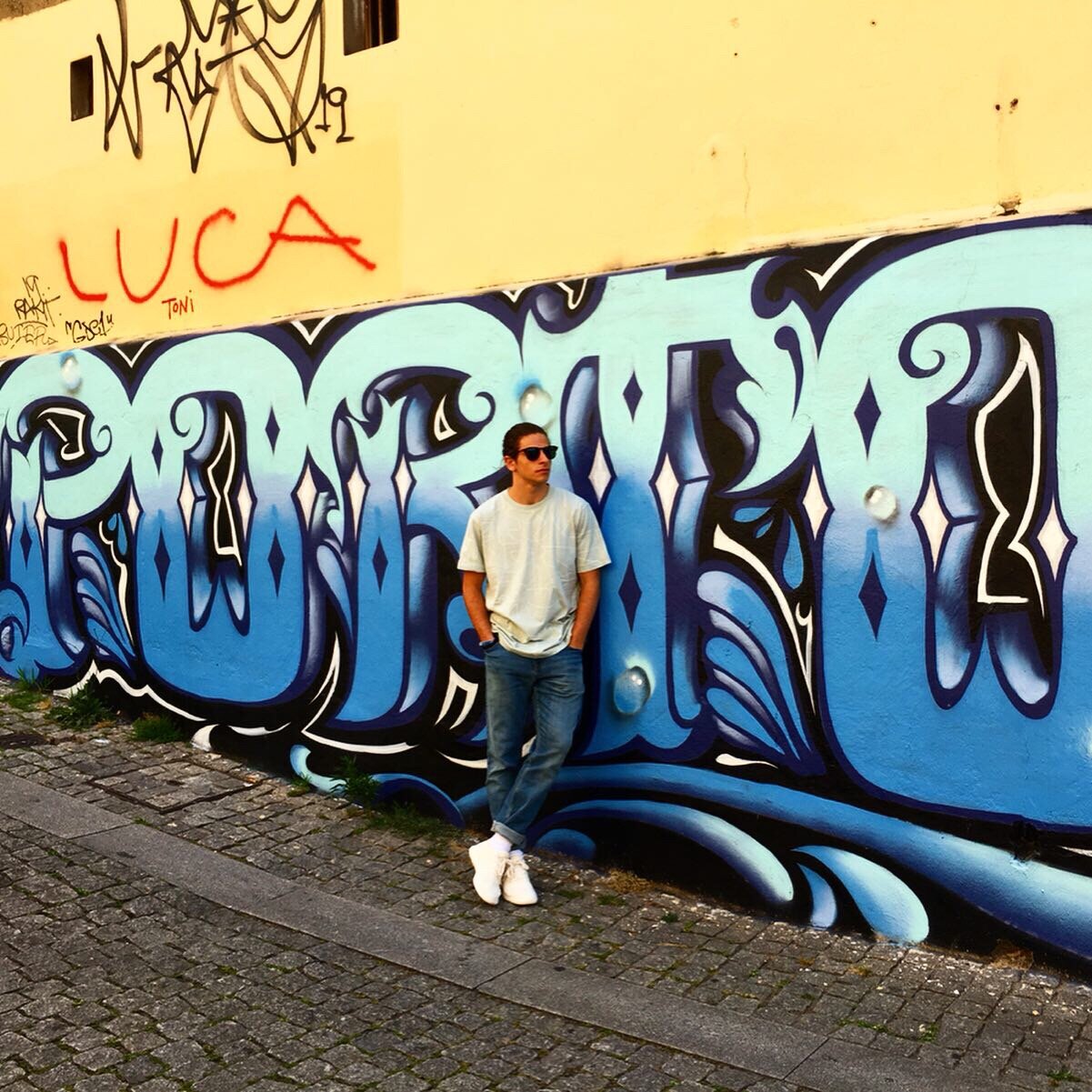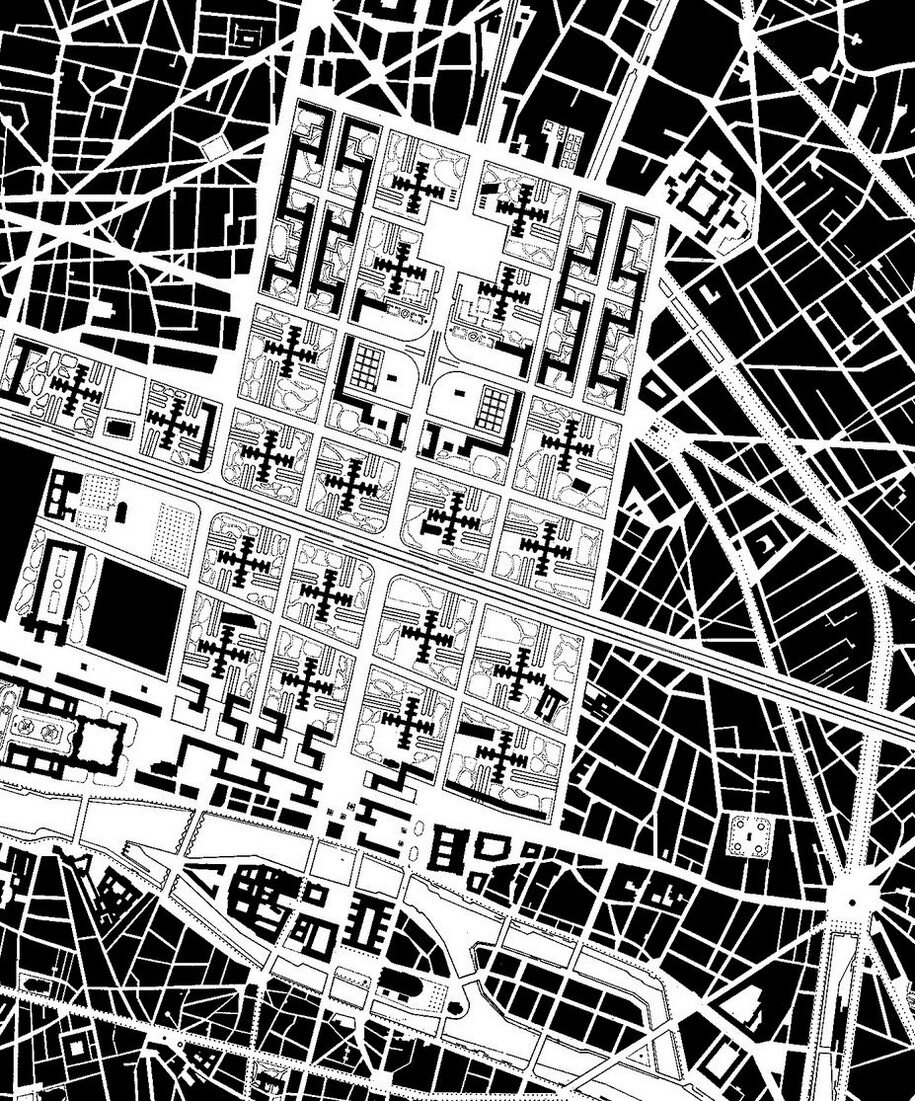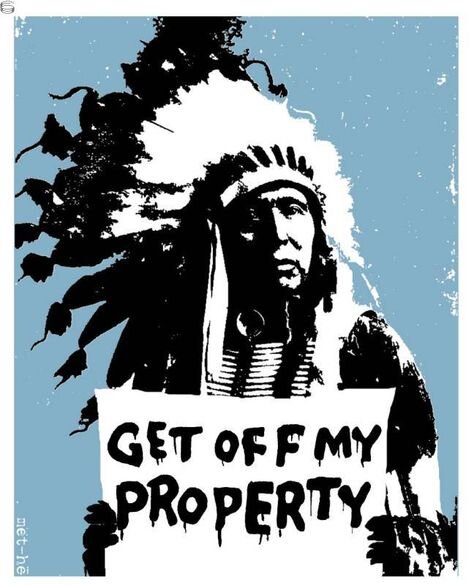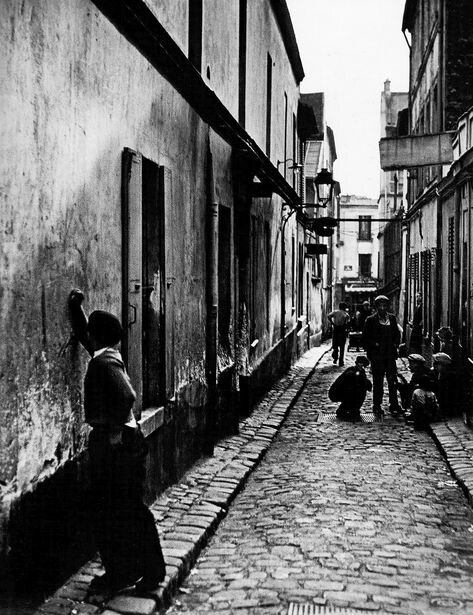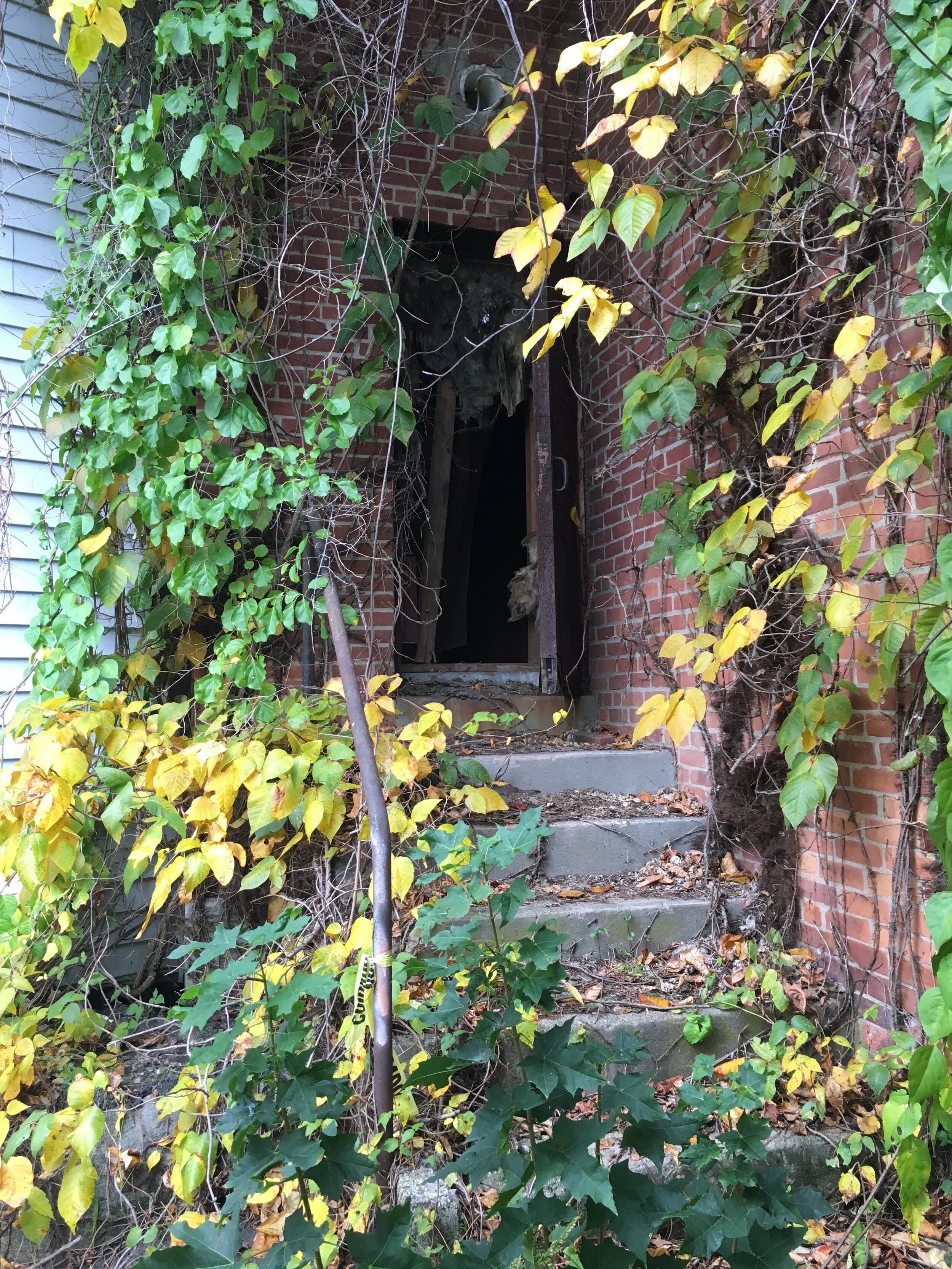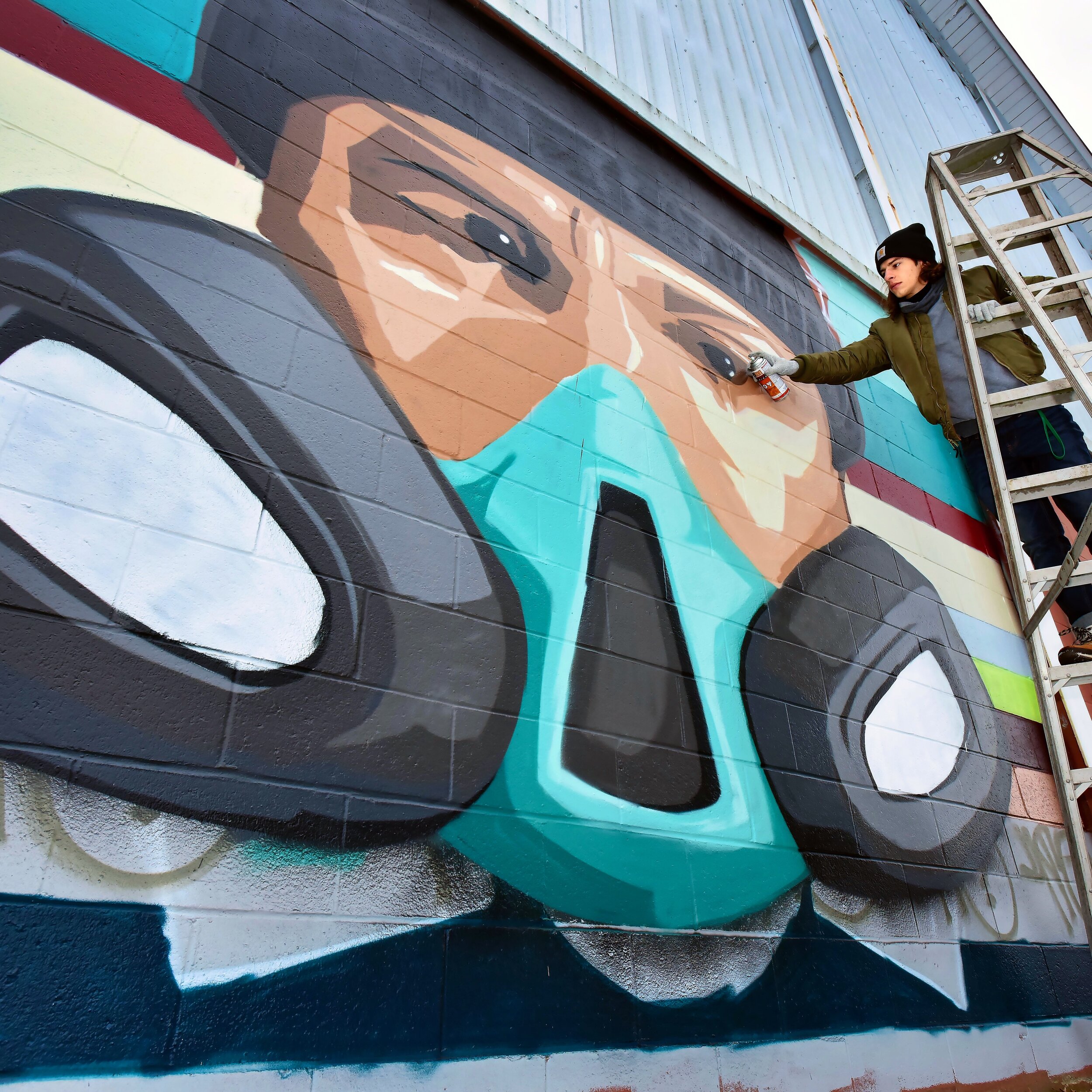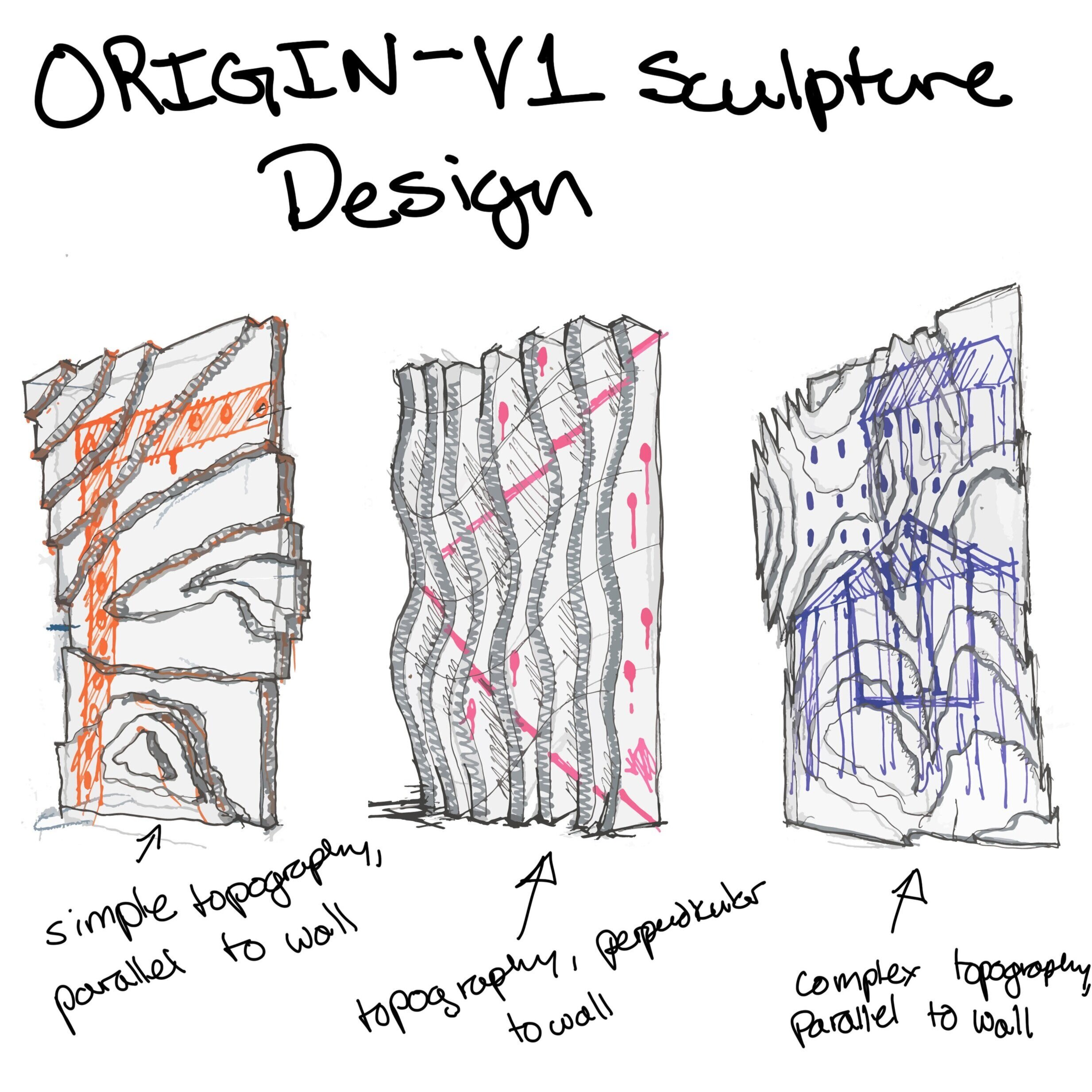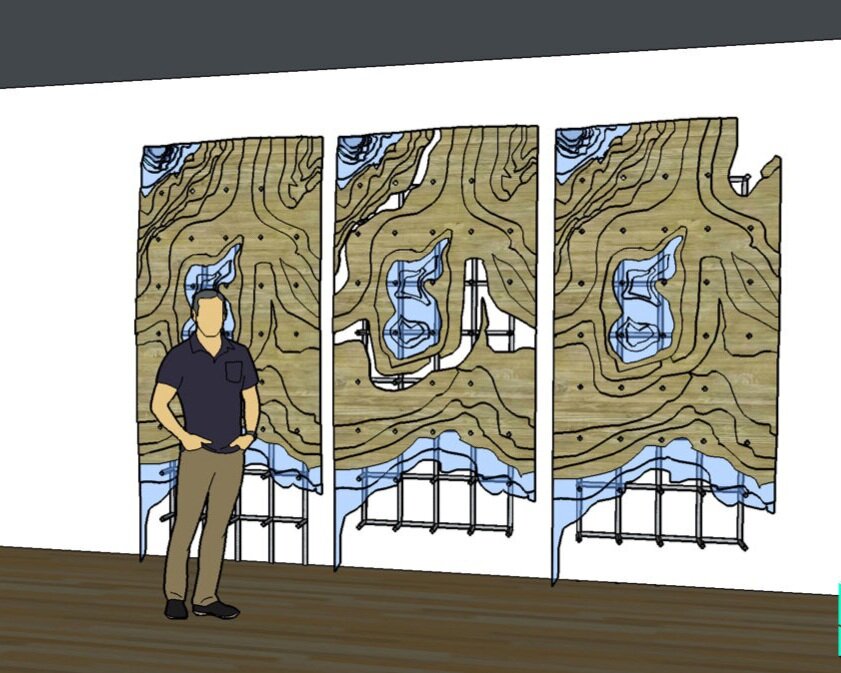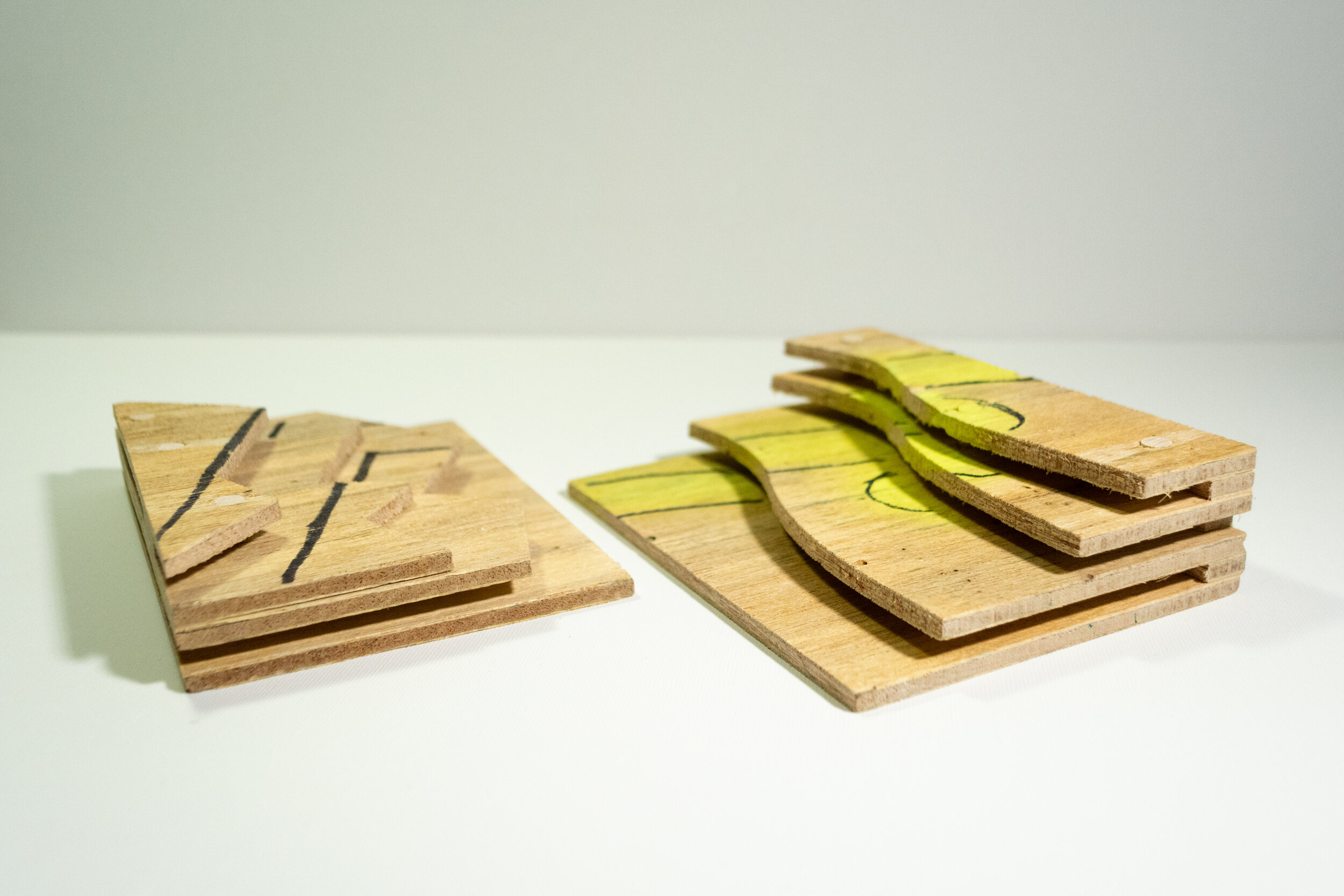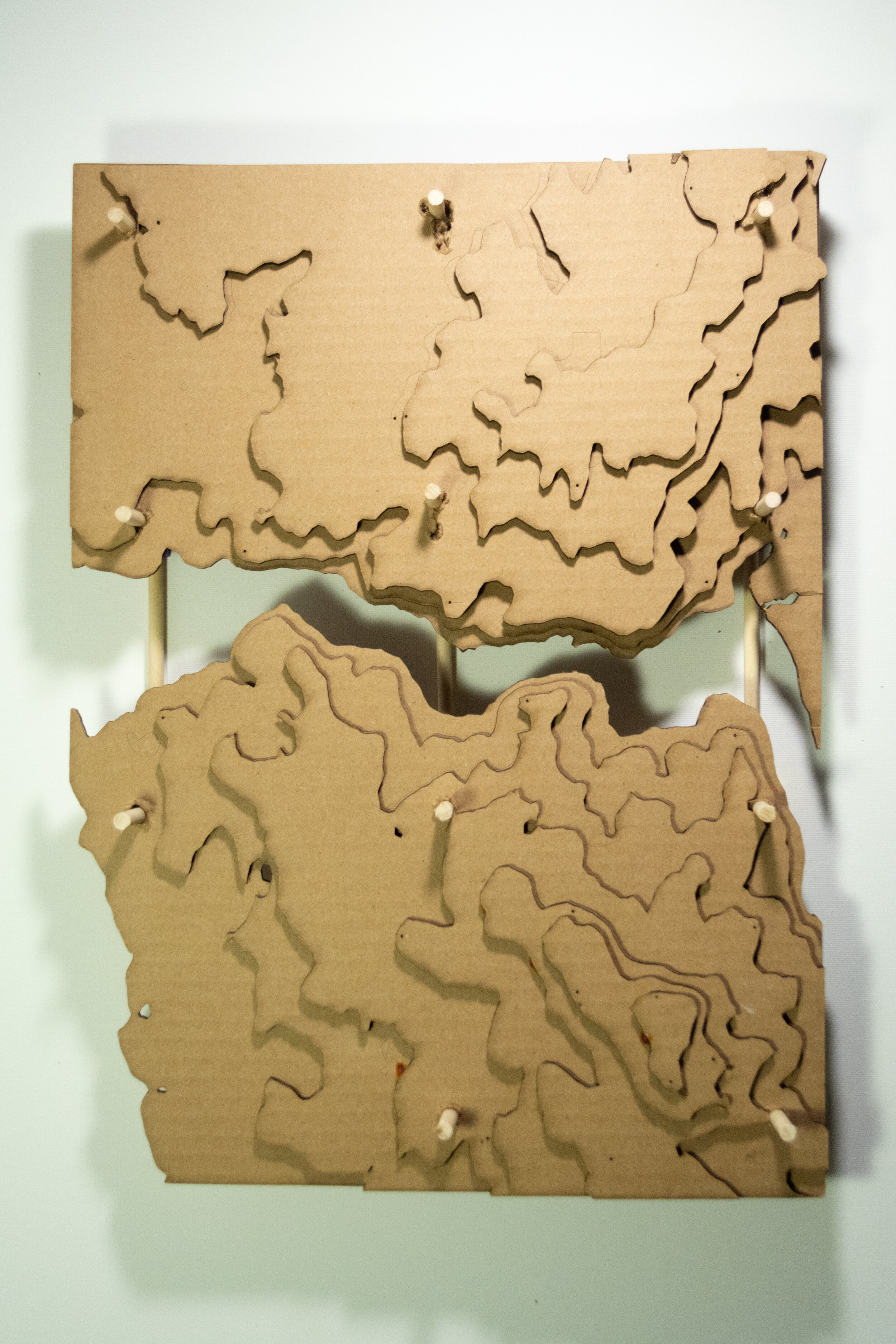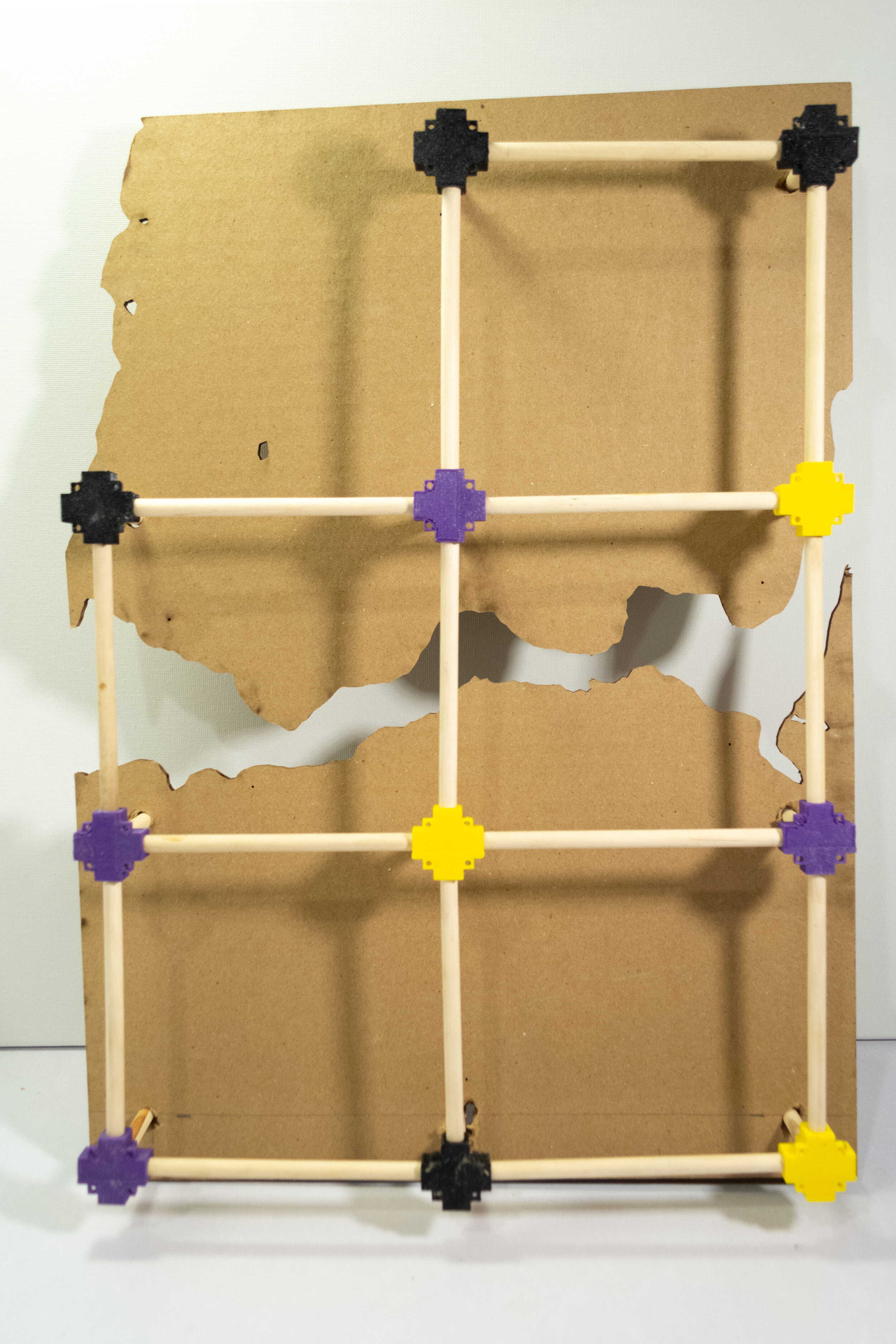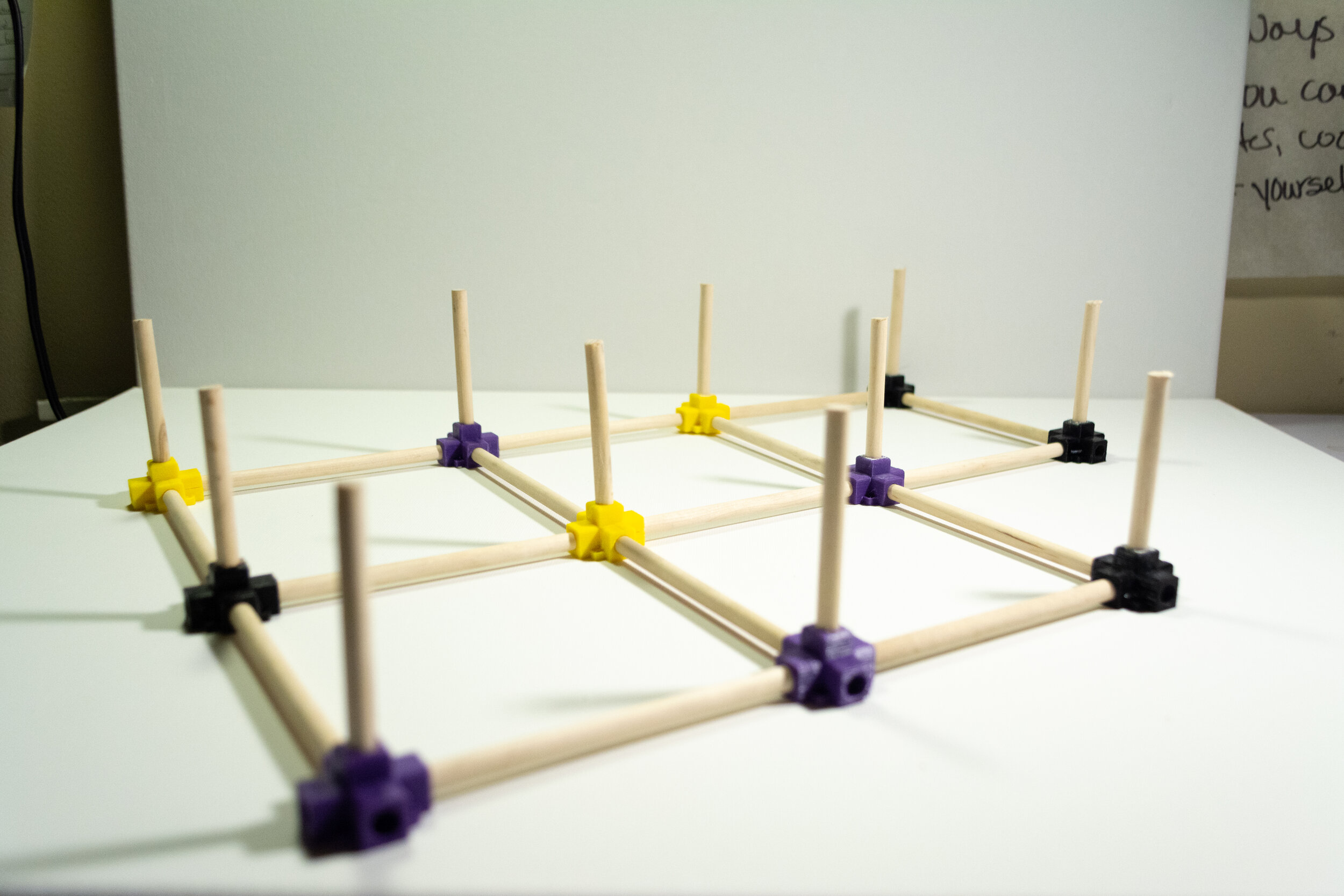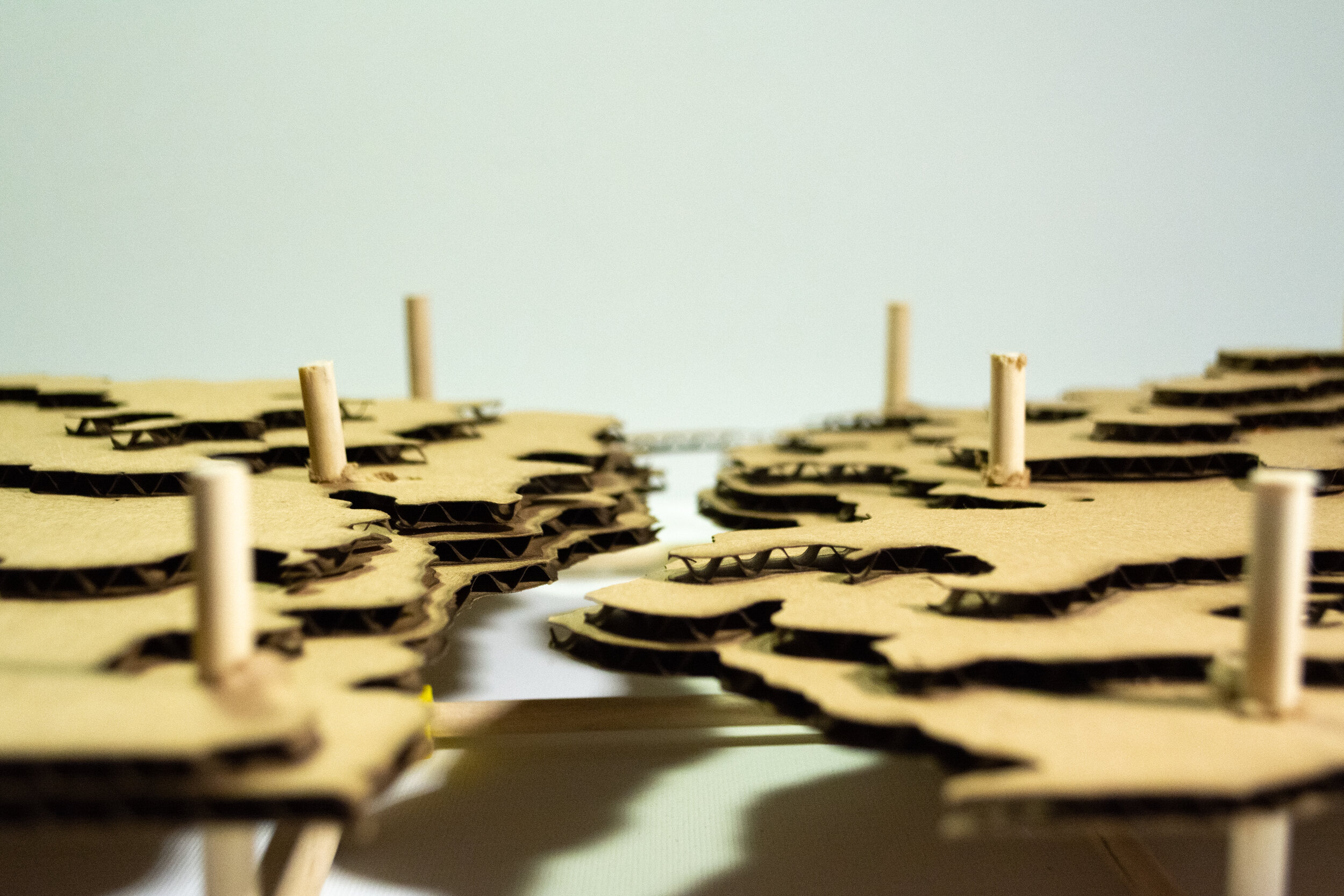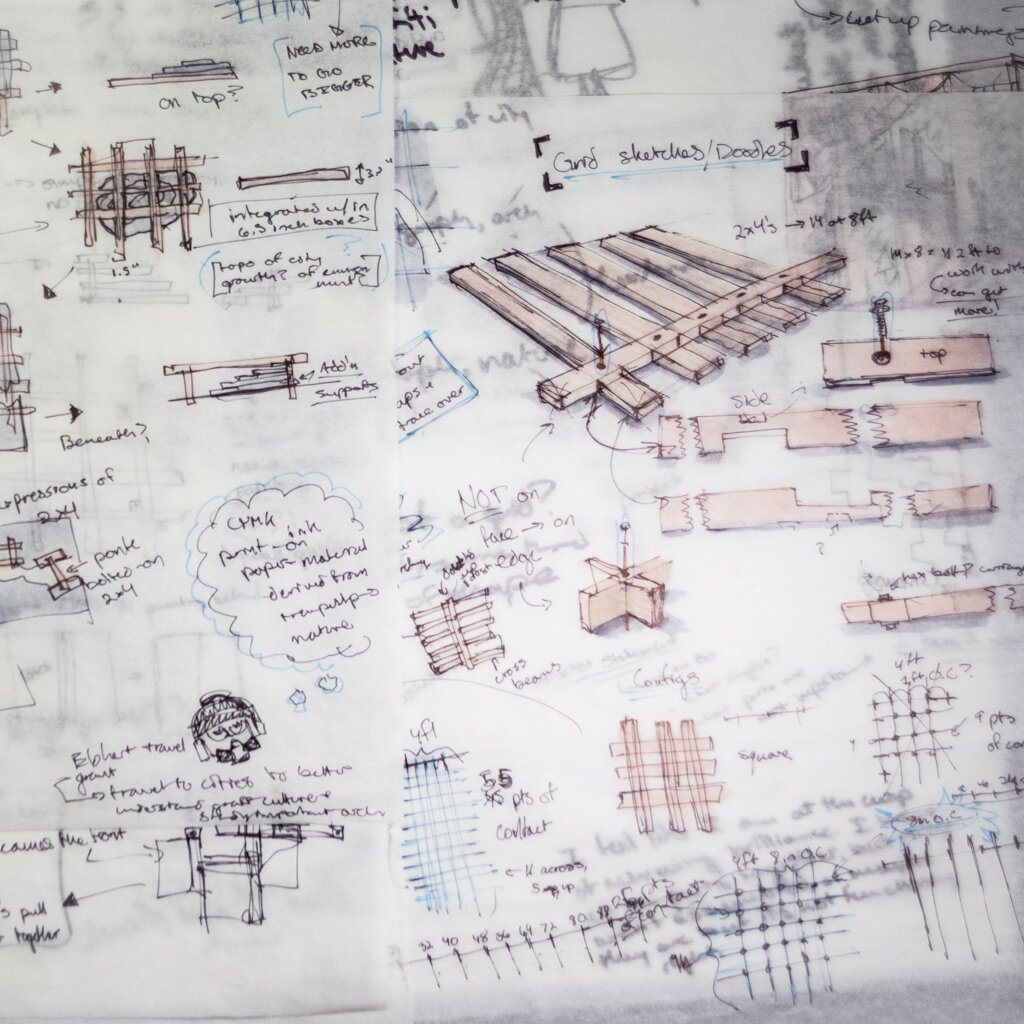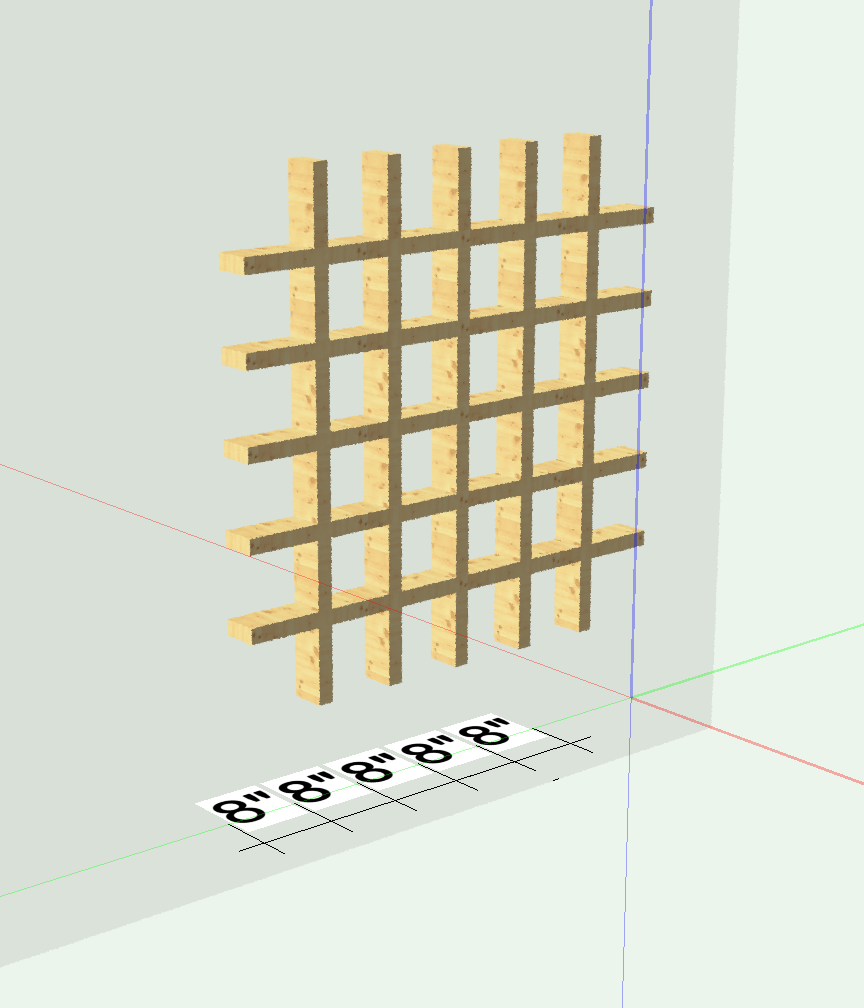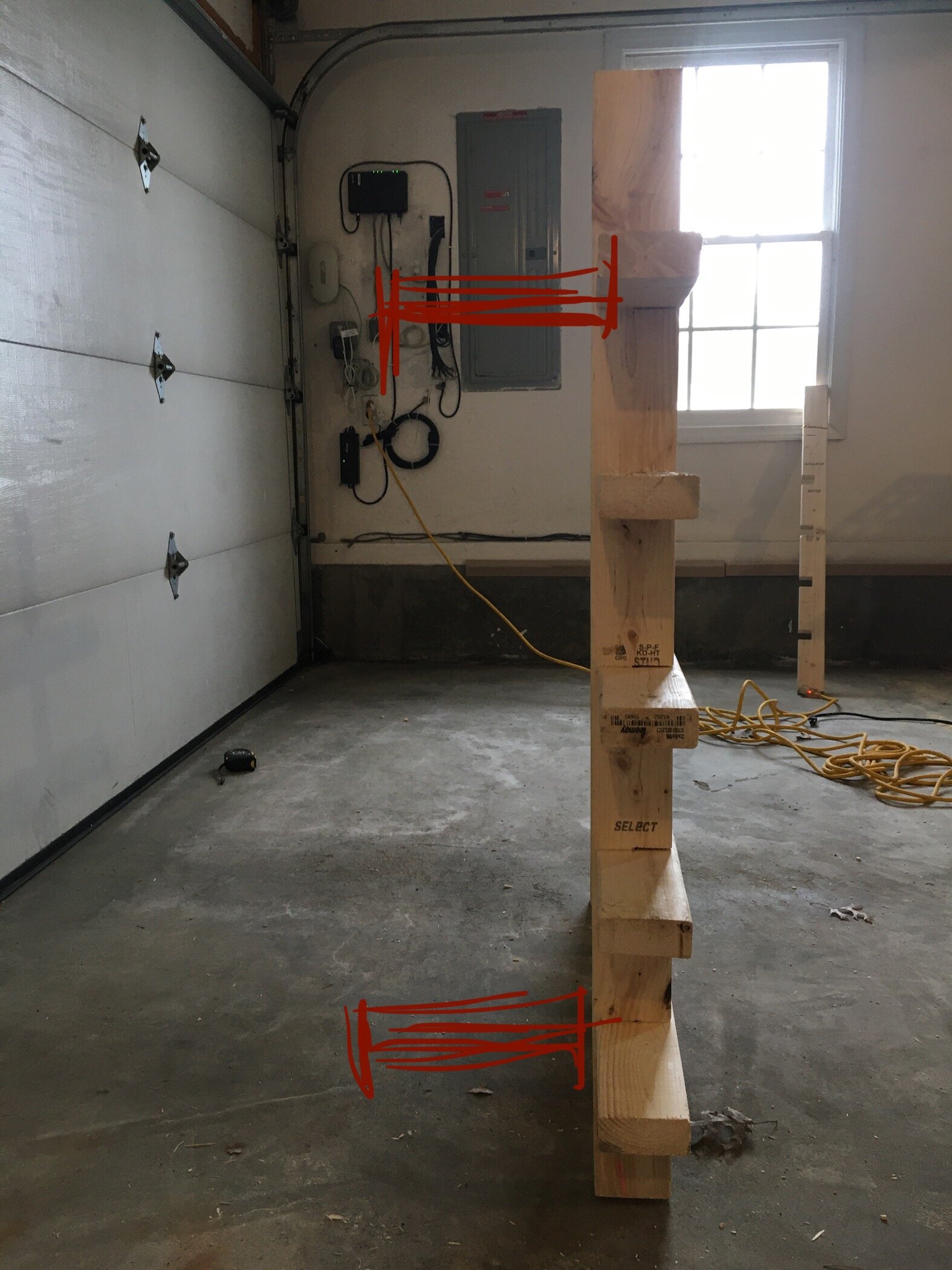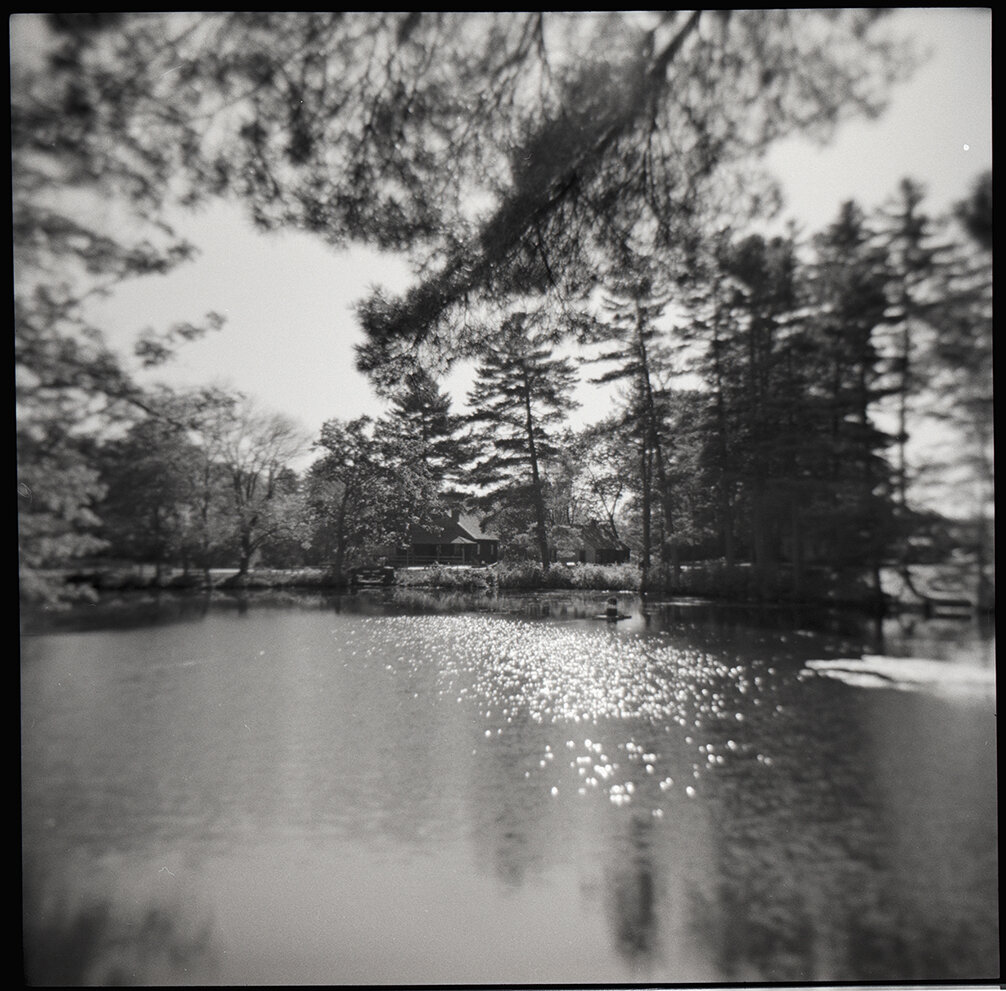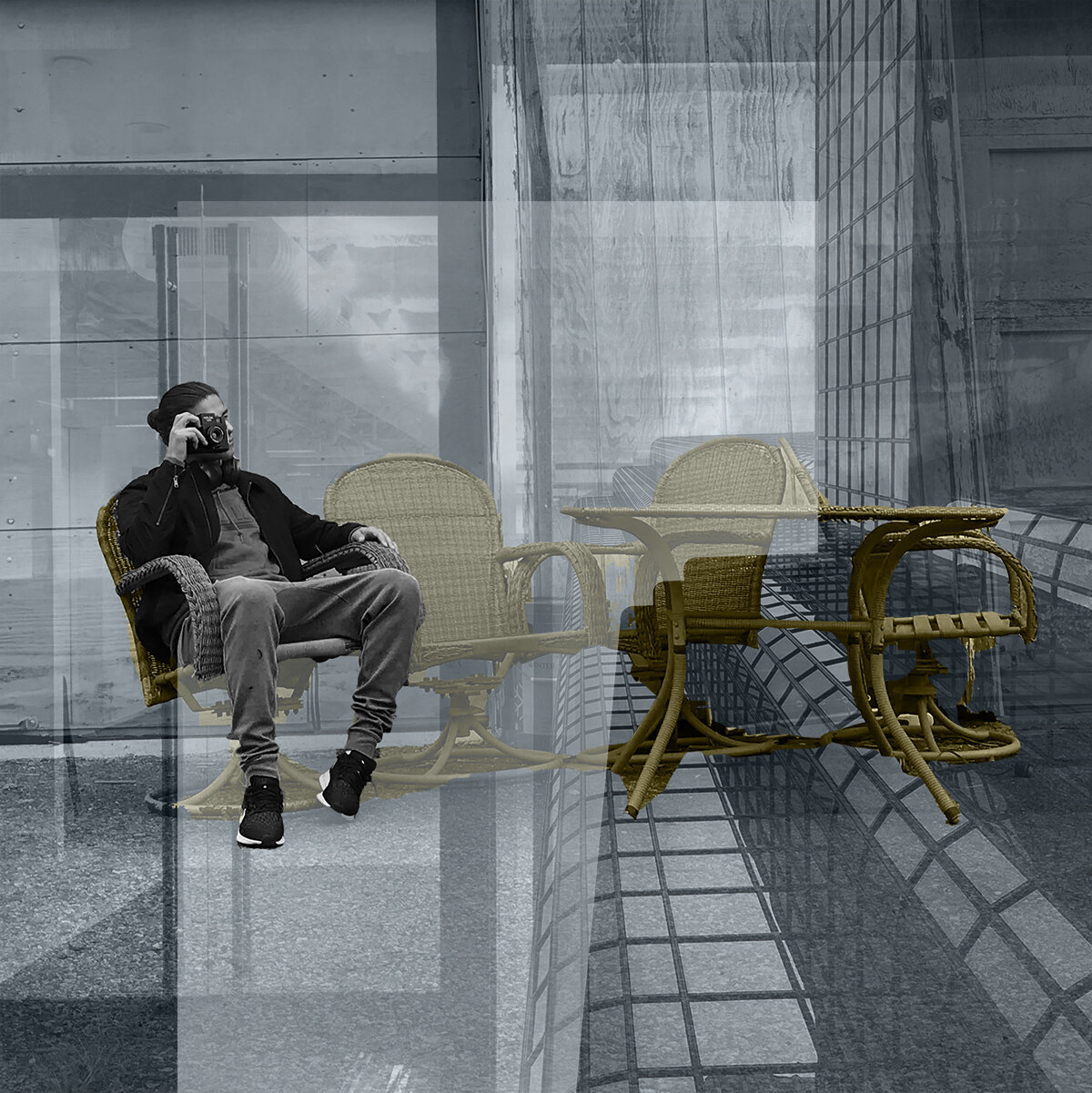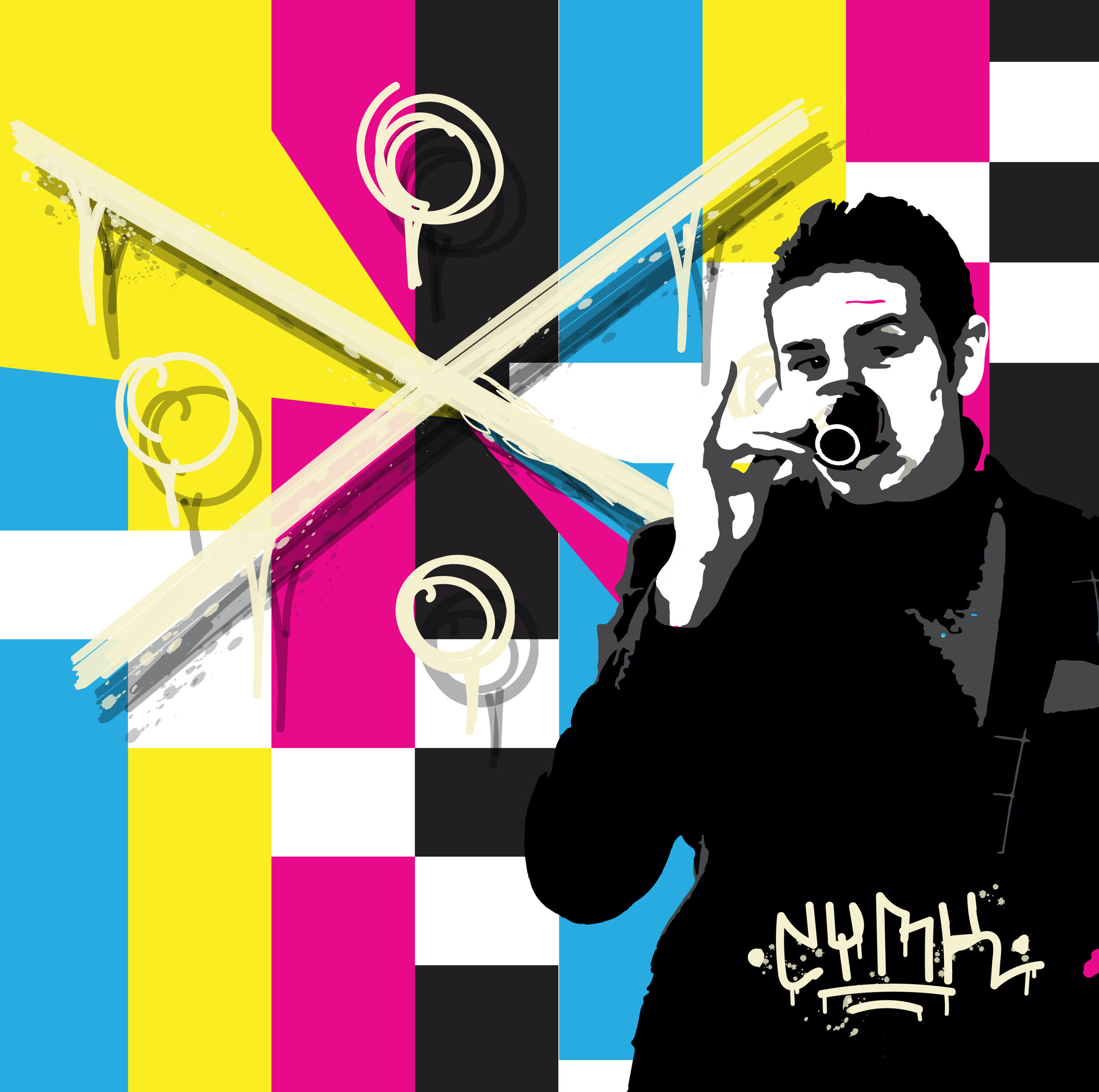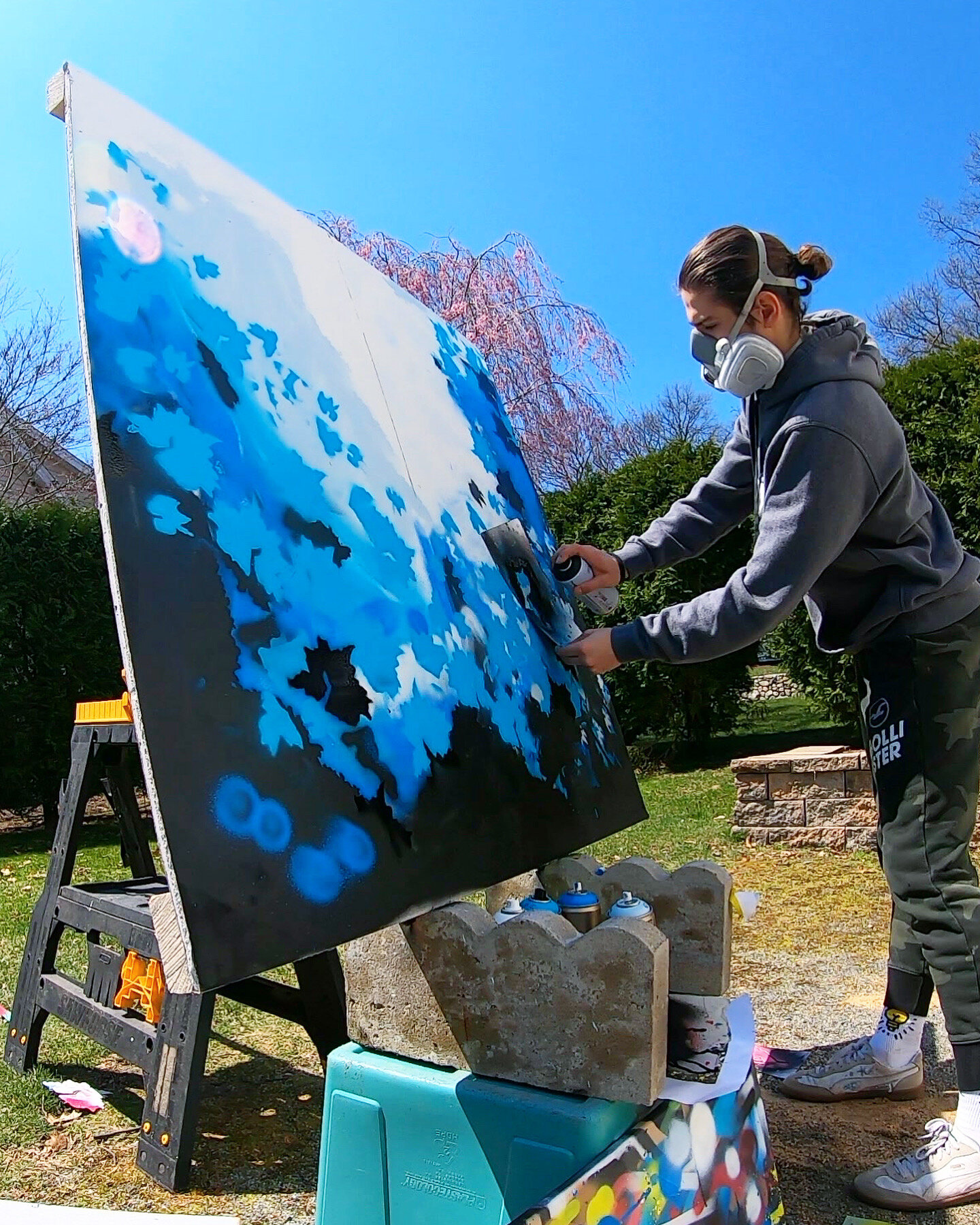a series of photographs, collages, and paintings
the question
I like both the clean, orderly compositions of architecture and the wild, illegal expressiveness of street art/graffiti. So I asked myself:
What makes street art and architecture so different?
So I sought to make sense of it.
process
research
My research involved experiential learning in street art and photography.
Throughout the summer and into the fall, I spent time learning how to spray paint and doing research into the philosophies behind street art/graffiti.
I also took a photography class, which helped open my eyes to how photographers have captured relationships between people, places, and ideas.
To the right are some images of inspiration artwork and personal experiences. Click to zoom in!
ideation/prototyping
The original idea was to build a series of large-scale sculptures. I designed and prototyped two.
The first was a topography map representing nature, held vertically like a wall. I would spray paint architectural sketches onto the surface, creating parallels between architects and street artists.
The second featured a grid system of 2x4’s. Similar to the first, it would house a topography map with additional layers of graffiti; however, there would be more variations in the layering of the grid, topography, and graffiti.
Ultimately, neither of these really got to the core of what I was after, nor were they feasible becaue COVID-19 denied me access to the tools I needed to create the sculptures.
switching gears
Upon abandoning the sculptures, I shifted my focus exclusively to 2d and digital processes.
I started with photography, appropriating holga photos, which suited the rawness I wanted to achieve in my depiction of nature.
Then I created collages which drew symbolic relationships between color and subject and contrasts between street art/graffiti and architecture.
Finally, taking visual queues from my photographs and collages, I created spray paintings with laser cut and hand-made stencils.
Final Collection
Painting
photography
collage
official artist statement
Project ORIGIN connects the seemingly at-odds concepts of architecture and street art through a series of photographs, paintings, and digital collages.
Usually, when we think of architecture, we understand it as a respected genre of art, representing the pinnacle of human achievement in the design of space and manipulation of materials. On the other hand, despite increasing acceptance with time, street art is still considered a defacement of architecture, combating its orderly construction with colorful and extravagant outbursts in often illegal places.
Here, I am attempting to flip common preconceptions of architecture and street art in order to show their similarities. Just as street art defaces architecture, architecture can be said to deface nature. The stoic treatment of materials and static, perfect angles and lines smother the vibrance and unpredictability of nature. Conversely, just as architects supposedly create beautiful artwork from uninhabited space, street artists produce beautiful work using buildings as their canvas. In covering buildings with layers of color and expressive line work, street art recapture the vibrant, free-flowing energy of nature that the buildings replaced when they were first constructed.
I also see the apparent tension and unlikely union between these two concepts as an analogy to my realizations as both an artist and a designer since starting at Wheaton. While the artist in my heart seeks to express himself randomly and intuitively, the design mind wants to always reduce my ideas to their most functional and aesthetic form. For a while, I felt pressured to choose one or the other, thinking that one of them had to be morally and intellectually superior. I have since grown to realize that art and design are more similar than I once thought, and that successfully balancing them will ultimately serve me well.

